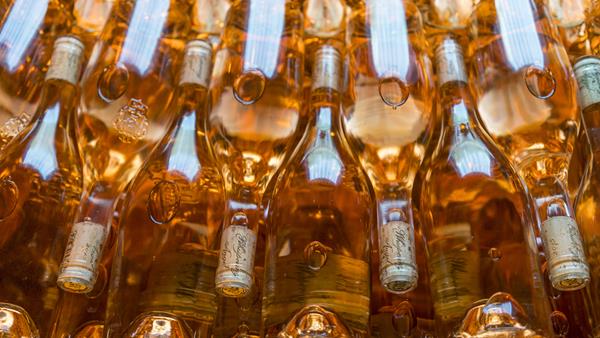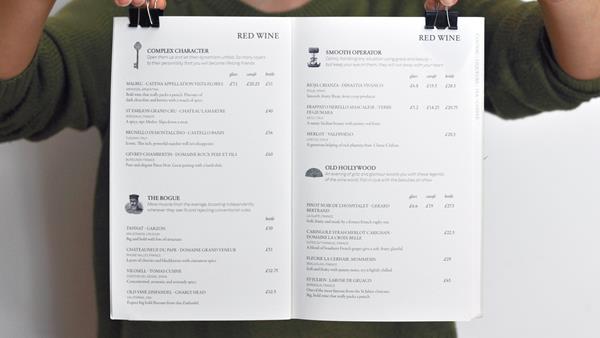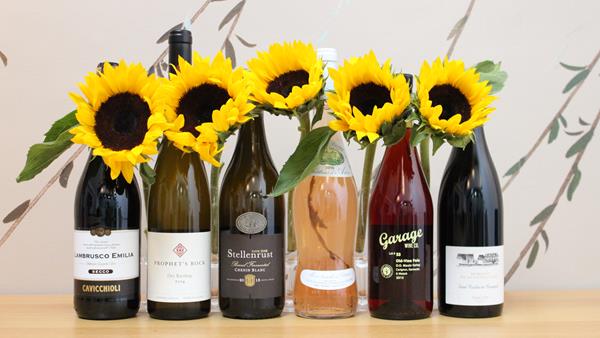Drive Premium Rosé Sales
If you look at the big picture category stats of rosé, you’d see a sales decline, but dig a little bit deeper and a more complex picture starts to emerge.
The rosé category is actually two categories in one -
1. The popularity of sweeter, inexpensive rosé is falling fast, with especially white Zinfandel and other generic blends in decline.
2. At the other end of the scale, there’s unprecedented demand for super-premium rosé from our on-trade customers. 55% of men now say that rosé is equally appropriate for both genders and its popularity amongst the important 25-34 year old demographic of both genders has never been higher.
Five ideas for boosting premium rosé sales:
1 - Engage the silent majority
Rosé wine customers broadly fall into two groups: wine lovers who are highly engaged with the category (e.g. Provence Rosé, Rioja Rosé, Malbec Rosé) and younger consumers who include rosé amongst a repertoire of alcopops and cocktails. In between these two groups is the silent majority, people who could and should be buying rosé but who either don’t understand it or wrongly perceive it all to be cheap and low quality. The key to success lies in engaging this broad demographic through engaging wine list design, staff training and merchandisng.
2 - How dry is dry?
Pick up a random bottle of rosé and the chances are you’ll be left guessing as to how sweet it is. If you are not sure, will you take the risk of purchasing it and hope for the best? Possibly not. Innovations like our Taste Test help explain to consumers what the wine will actually taste like, building confidence and helping people buy exactly what they are looking for.
3 - The perfect in-between for food
Premium rosé and food go very well together. Drier wines offer the same freshness and approachability that drives sales of white wines such as Pinot Grigio and Sauvignon Blanc, whilst those with a touch of residual sugar can be fantastic with spicy, more complex dishes. By highlighting great food and rosé matches on your menu, you can help people understand that rosé is a wine for the dinner table and not just the garden.
4 - Offering real choice
If you want to be growing sales of pink wines – and the evidence suggests there is a market out there – then you should look at increasing the choice on your wine list. Engage customers by telling them about the differences between a pale pink Provencal and a darker, more powerful New World rosé.
5 - A rosé by any other name
Consumer-friendly names such as Pinot Grigio, Sauvignon Blanc and Rioja have helped people navigate wine lists and given them a reason to trade up from the most basic “red or white.” We need to leverage this for the rosé category too and make more of the big grape varieties and popular regions. Pinot Grigio Blush is a good start but there is more that can be done.



